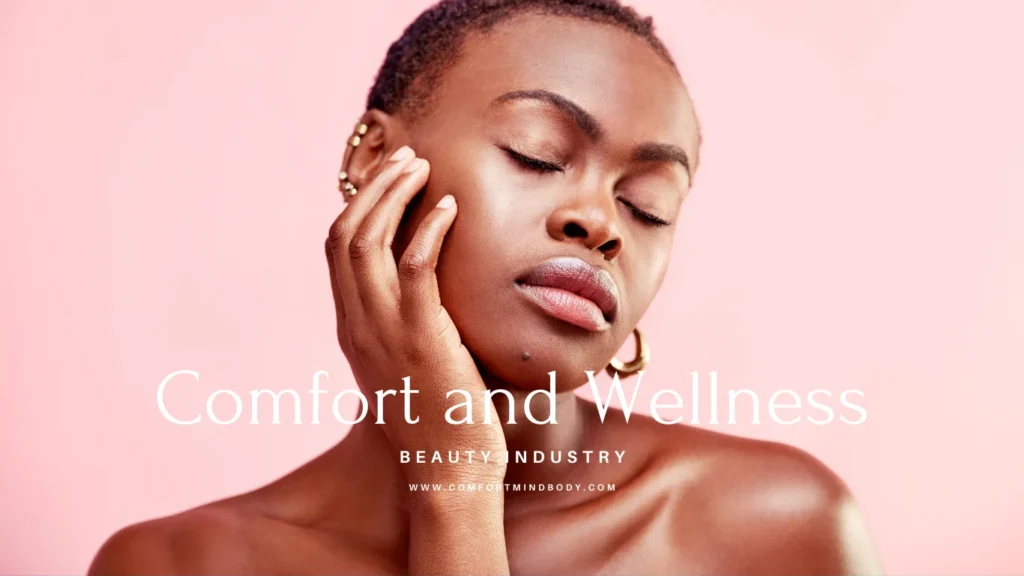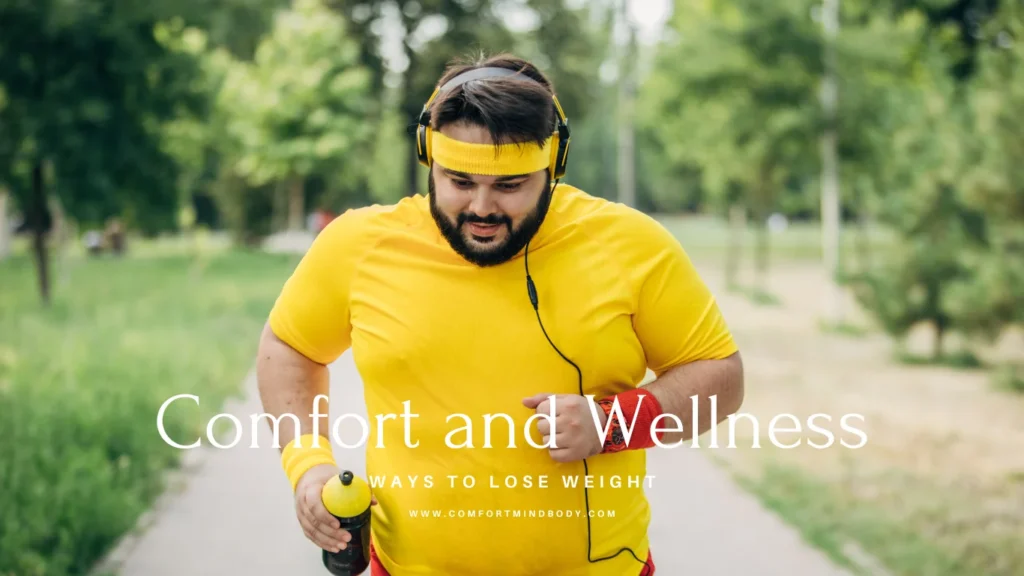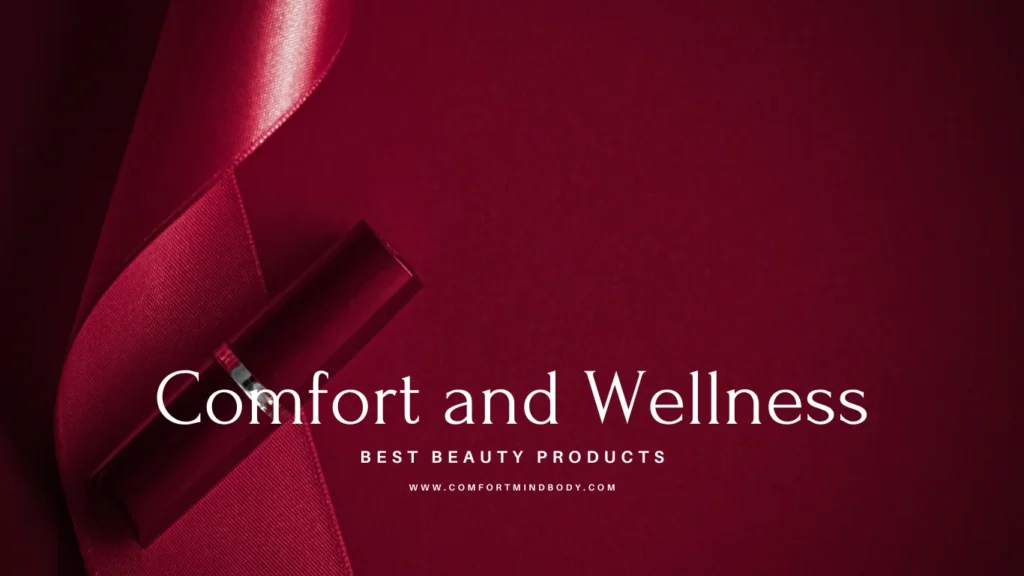Table of Contents
ToggleIntroduction:
Pure Beauty and Confidence! The concept of beauty has always been dynamic, evolving with cultural, societal, and technological shifts.
As we go deeper into the 21st century, beauty is becoming more inclusive and personal. It is also linked to self-confidence and well-being.
This blog looks at the future of beauty and confidence. It discusses new trends, technology, and social changes that are shaping this evolution.
The Evolution of Beauty Standards
Historical Context
Beauty standards have varied greatly across different cultures and historical periods. Society has always influenced ideas about beauty. In the Renaissance, people admired curvy figures. In the 20th century, slim shapes became popular. However, these standards often excluded diverse body types, skin tones, and facial features.
The Shift Towards Inclusivity
In recent years, there has been a significant shift towards more inclusive beauty standards. Movements like body positivity and campaigns for beauty diversity are growing. They challenge old norms and celebrate a wider range of beauty.
- Body Positivity: Encouraging acceptance of all body types and rejecting unrealistic beauty standards.
- Diverse Representation: Increasing visibility of different races, ages, and genders in beauty campaigns.
Personalized Beauty: The New Frontier
Tailored Skincare and Makeup
One of the most exciting trends in the beauty industry is the move toward personalized beauty products. Advances in technology are enabling brands to create customized skincare and makeup solutions tailored to individual needs.
- DNA-Based Skincare: Products formulated based on genetic analysis to address specific skin concerns.
- AI-Driven Recommendations: Utilizing artificial intelligence to provide personalized beauty advice and product suggestions.
Virtual and Augmented Reality in Beauty
Virtual and augmented reality (VR and AR) are changing the beauty industry. They offer new ways for customers to try products before buying. These technologies enhance the shopping experience and allow for greater personalization.
- Virtual Try-Ons: Using AR to see how makeup and hairstyles look on oneself without physical application.
- Customized Tutorials: VR beauty tutorials tailored to individual preferences and skill levels.
The Role of Technology in Beauty
Artificial Intelligence and Machine Learning
AI and machine learning are becoming more important in the beauty industry. They help with product development and customer service.
- Predictive Analytics: Using data to predict beauty trends and consumer preferences.
- Chatbots and Virtual Assistants: Enhancing customer service by providing instant beauty advice and support.
3D Printing in Beauty
3D printing technology is being studied for its ability to make custom beauty products. This includes personalized makeup shades and skincare formulas.
- Custom Makeup: Producing makeup products that match unique skin tones and preferences.
- On-Demand Skincare: Creating personalized skincare products tailored to individual skin types and concerns.
Sustainable and Ethical Beauty
The Rise of Clean Beauty
More consumers are noticing the ingredients in their beauty products. This is causing a rise in demand for clean beauty. This movement prioritizes natural, non-toxic, and environmentally friendly ingredients.
- Ingredient Transparency: Brands provide clear information about product ingredients and their sources.
- Eco-Friendly Packaging: Reducing waste with sustainable packaging options.
Ethical Beauty Practices: Pure Beauty And Confidence
Ethical issues are becoming more important in the beauty industry. Consumers want products that are cruelty-free, vegan, and socially responsible.
- Cruelty-Free Testing: Avoiding animal testing and using alternative methods to ensure product safety.
- Fair Trade Ingredients: Sourcing ingredients ethically to support fair labor practices.
Pure Beauty and Confidence and Mental Health
The Connection Between Beauty and Confidence
Beauty and self-confidence are closely linked, with personal appearance often impacting self-esteem. The beauty industry is recognizing the importance of mental health and striving to promote a positive relationship with beauty.
- Positive Beauty Campaigns: Encouraging self-love and confidence through inclusive and empowering advertising.
- Mental Health Support: Integrating mental health resources and support within the beauty community.
Beauty Routines as Self-Care
Beauty routines are increasingly being seen as a form of self-care, offering a way to relax and boost mental well-being. The future of beauty is likely to place greater emphasis on the therapeutic aspects of beauty rituals.
- Mindfulness in Beauty: Promoting mindful beauty practices that enhance overall well-being.
- Holistic Beauty: Integrating beauty with wellness practices such as meditation and aromatherapy.
The Future of Beauty Retail
Omnichannel Shopping Experiences
The future of beauty retail lies in seamless omnichannel experiences that blend online and offline shopping. Consumers are seeking convenience and flexibility in how they shop for beauty products.
- Interactive In-Store Experiences: Using technology to enhance the physical shopping experience with interactive displays and virtual try-ons.
- Personalized Online Shopping: Offering personalized recommendations and virtual consultations to replicate the in-store experience online.
Direct-to-Consumer Brands
Direct-to-consumer (DTC) beauty brands are gaining popularity for their ability to offer personalized products and experiences. These brands often leverage social media and e-commerce platforms to reach consumers directly.
- Community Engagement: Building strong relationships with consumers through social media and online communities.
- Innovative Products: Offering unique and innovative products that cater to niche markets.
The Impact of Social Media and Influencers
Social Media as a Beauty Platform
Social media is a strong platform for the beauty industry. It helps brands connect with consumers and lets people share their beauty stories.
- User-Generated Content: Encouraging consumers to share their experiences and reviews on social media.
- Influencer Collaborations: Partnering with influencers to reach wider audiences and build brand credibility.
The Rise of Micro-Influencers
Micro-influencers, individuals with smaller but highly engaged followings, are becoming increasingly influential in the beauty industry. These influencers often have a more authentic connection with their audience, making them valuable partners for beauty brands.
- Authentic Content: Creating genuine and relatable content that resonates with followers.
- Niche Communities: Building strong connections within specific beauty niches and communities.
Beauty Trends Shaping the Future
Longevity Skincare
As consumers become more focused on maintaining youthful, healthy skin, longevity skincare is emerging as a key trend. This approach prioritizes long-term skin health over quick fixes.
- Preventive Care: Emphasizing the importance of preventive skin care measures to maintain skin health.
- Advanced Ingredients: Utilizing cutting-edge ingredients and technologies to promote skin longevity.
Minimalist Beauty
The minimalist beauty trend is gaining traction as consumers seek simplicity and efficiency in their beauty routines. This trend focuses on using fewer, high-quality products that deliver effective results.
- Multi-Functional Products: Offering products that serve multiple purposes, reducing the need for extensive routines.
- Simplified Routines: Promoting streamlined beauty routines that save time and reduce product clutter.
Challenges and Opportunities
Navigating the Digital Transformation
The digital transformation of the beauty industry presents both challenges and opportunities. Brands must adapt to changing consumer behaviors and leverage technology to stay competitive.
- Adapting to Change: Staying agile and responsive to new trends and technologies.
- Leveraging Data: Using data analytics to understand consumer preferences and drive innovation.
Balancing Innovation and Tradition
Innovation is important for the future of beauty. However, we must also respect traditional practices and ingredients that have lasted over time.
- Innovative Formulations: Combining modern science with traditional ingredients to create effective and unique products.
- Cultural Appreciation: Celebrating and preserving traditional beauty practices from different cultures.
Conclusion
Pure Beauty and Confidence
The future of pure beauty and confidence looks bright. This is because of new technology. There is also a focus on inclusivity. We have a better understanding of how beauty connects to well-being.
As the beauty industry continues to evolve, it will offer more personalized, ethical, and empowering experiences for consumers. By accepting these changes, we can expect a future where beauty is inclusive, diverse, and available to everyone.
Affiliate Disclosure:
The links contained in this product review may result in a small commission. This goes towards supporting our research and editorial team and please know we only recommend high-quality products.
Note: This article is for informational purposes only and is not intended to diagnose, treat, or cure any disease. Always consult a healthcare professional before taking any supplement or making any changes to your diet or lifestyle.




